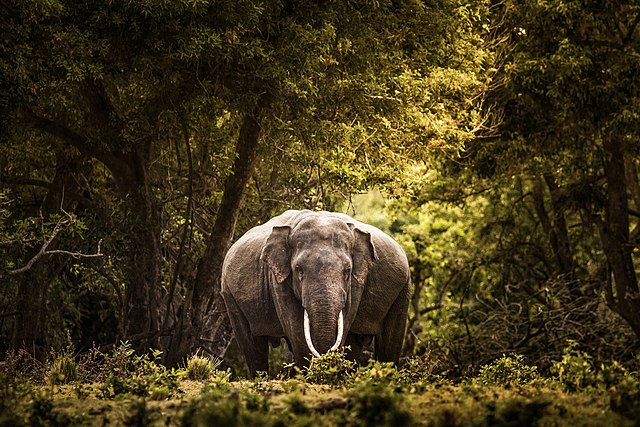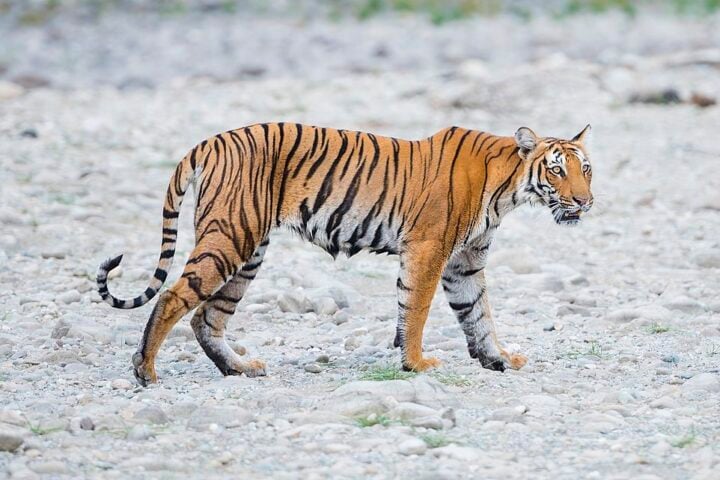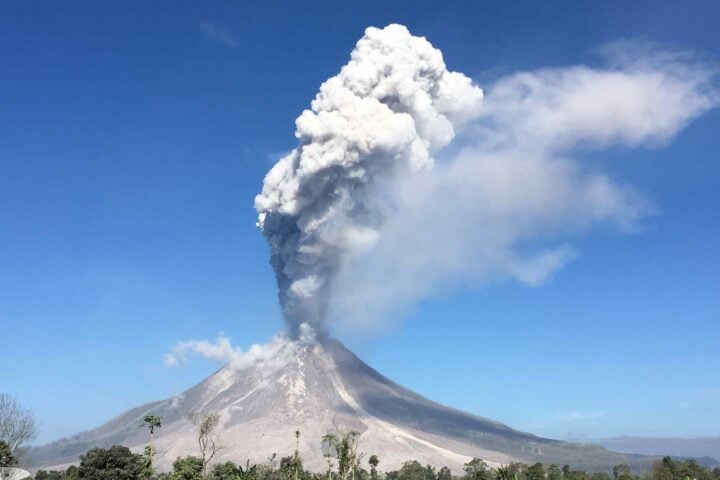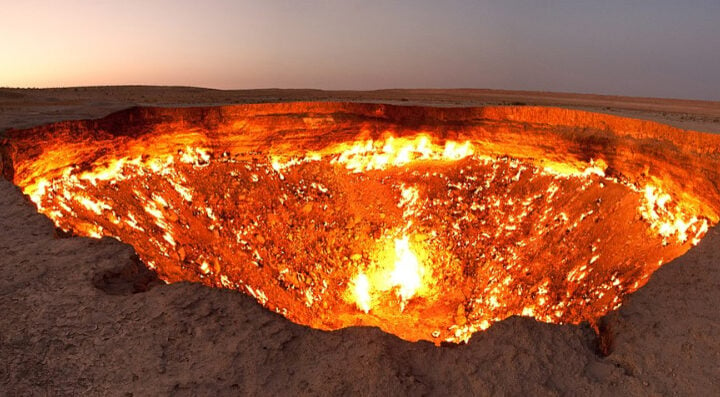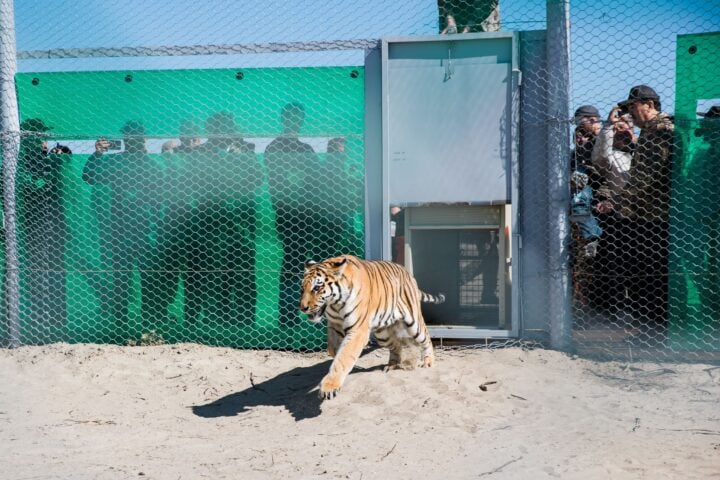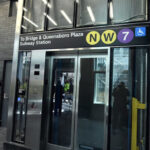A train crash killed six elephants near Sri Lanka’s Minneriya National Park. Four baby elephants died in the collision. The train derailed, but all passengers survived.
One elephant stayed behind to guard an injured calf after the crash. Wildlife veterinary officers are now treating both survivors.
The crash happened in a vital elephant pathway between two national parks. Elephants use these paths to find food and water. But now train tracks cut right through their route.
The numbers tell a grim story. Nine elephants have died on train tracks just this year. Last year, trains killed 24 elephants. The problem goes beyond the tracks – in 2017, conflicts between humans and elephants killed 87 people and 256 elephants.
Similar Posts:
Sri Lanka’s elephant population keeps shrinking. In the 1800s, about 14,000 elephants lived on the island. By 2011, only 6,000 remained.

The government already limits train speeds in elephant areas. They started this rule after a similar crash in 2018. But elephants still die on the tracks.
Elephants mean a lot to Sri Lanka. They’re sacred in Buddhism, and killing them is a crime. Tourists come from everywhere to see them at Minneriya National Park, which has the world’s largest gathering of Asian elephants.
Wildlife officials are investigating the crash. But they face a tough challenge: how to protect both elephants and people as cities grow bigger and wild spaces get smaller.
